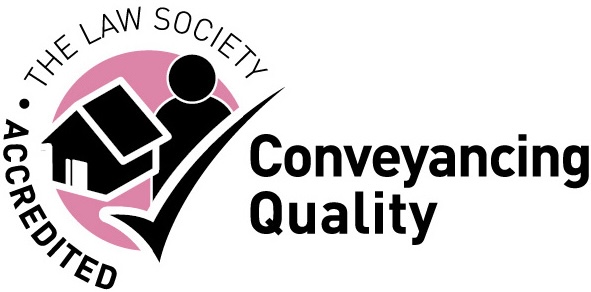Many beautiful old buildings are included on a national register as either Grade I, Grade II* or Grade II listed. If you’re thinking of buying a listed building, it is essential that you know exactly what that entails before going ahead.
Most listed buildings, around 92 percent, are in the Grade II category, being buildings of special architectural or historic interest.
The Grade II* category is for buildings that are particularly important, being of more than special interest and Grade I applies to buildings of exceptional interest.
The listing is intended to protect the buildings and preserve them for the future. Almost all properties built prior to 1700 are listed, as are most built before 1840. Those built between 1840 and 1914 are often listed if they are of historical significance.
Carrying out work on a listed building
The law states that consent must be obtained before work can be carried out to a listed building. This includes work inside a property as well as outside and can extend to outbuildings if they are also noted on the listing.
You should obtain a copy of the listing before buying. As well as reference to other structures on the land, it may make specific reference to certain features, which means that you will not be able to make any changes to them.
Failure to obtain consent for work on a listed property is a criminal offence.
If you wish to carry out alterations on a listed building, you will need to apply to the local authority’s conservation officer. If you’re thinking of buying a listed home, then it is worth speaking to the conservation officer before completion to see if consent is likely to be given for any alterations you have in mind.
Even repairs may require consent. Although replacing a small component with a ‘like for like’ replacement is usually acceptable, consent for larger work is still often required.
Because of the requirement of maintaining the building’s integrity, work and materials are likely to be more expensive than for an ordinary home. Buildings insurance will also cost more.
Buying a listed building
When buying a listed building, you must ensure that all previous works have the relevant consents, or you could find yourself liable for removing any work done illegally. You should also have a full survey carried out by a surveyor who specialises in listed buildings.
Your mortgage lender will need to know that all alterations have the proper consent and, going forward, when you come to sell the property in the future, you will also need to provide the correct documentation to buyers.
If you are thinking of buying or selling a property, speak to one of our expert lawyers on 0333 305 5189 or email us at info@lpropertylawyers.co.uk
